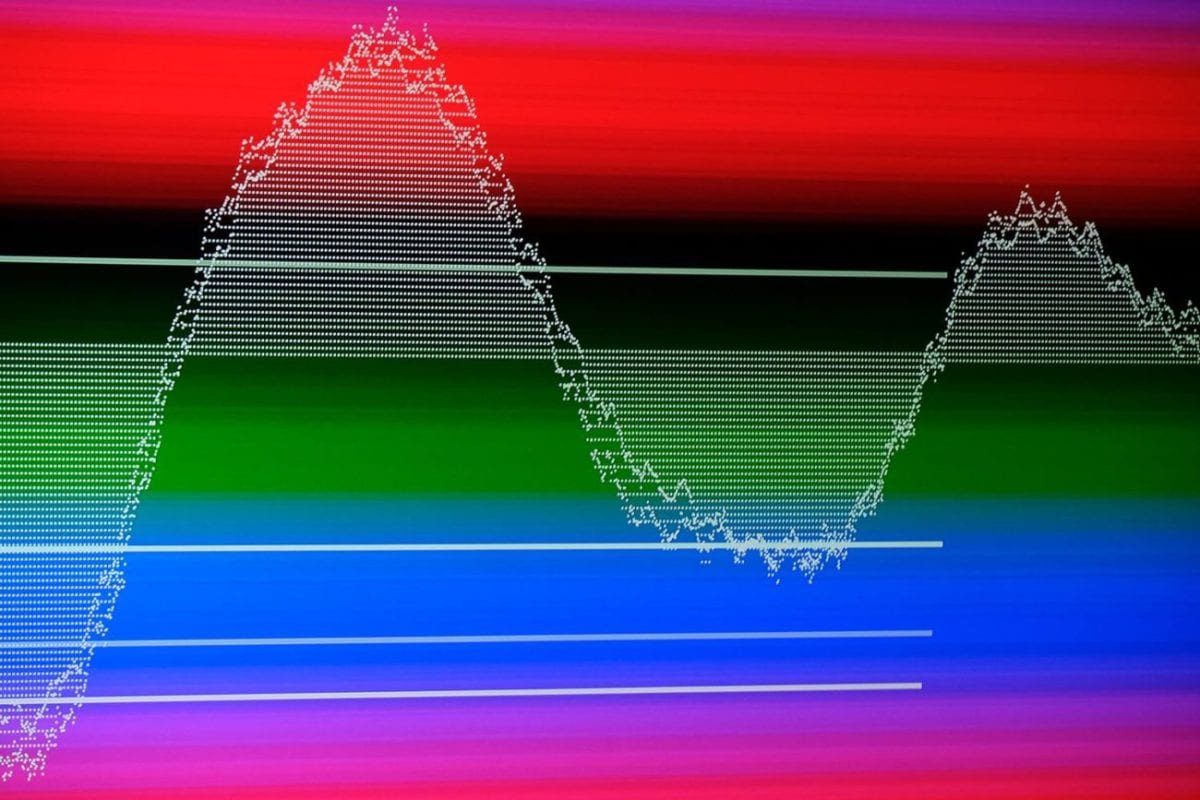
In 2013, Nikolay Lamm answered the question “What if you could see WiFi?” by visualising the shape, size and colour of WiFi signals. The images render tangible an invisible network of interlocking waves and pulses, adding warmth and form to the imperceptible world. At the Barbican, Alva Noto and Anne-James Chaton deliver music that operates on this plane, giving shape to the physicality of sound.
Both sets, from headliner Alva Noto, aka Carsten Nicolai, and support Chaton, are vivid explorations of audio-visual performance. Flyers and posters now label which artists at an event are performing live and which are DJing, suggesting the separation might not be obvious. With Chaton and Nicolai, the live element is never in doubt.
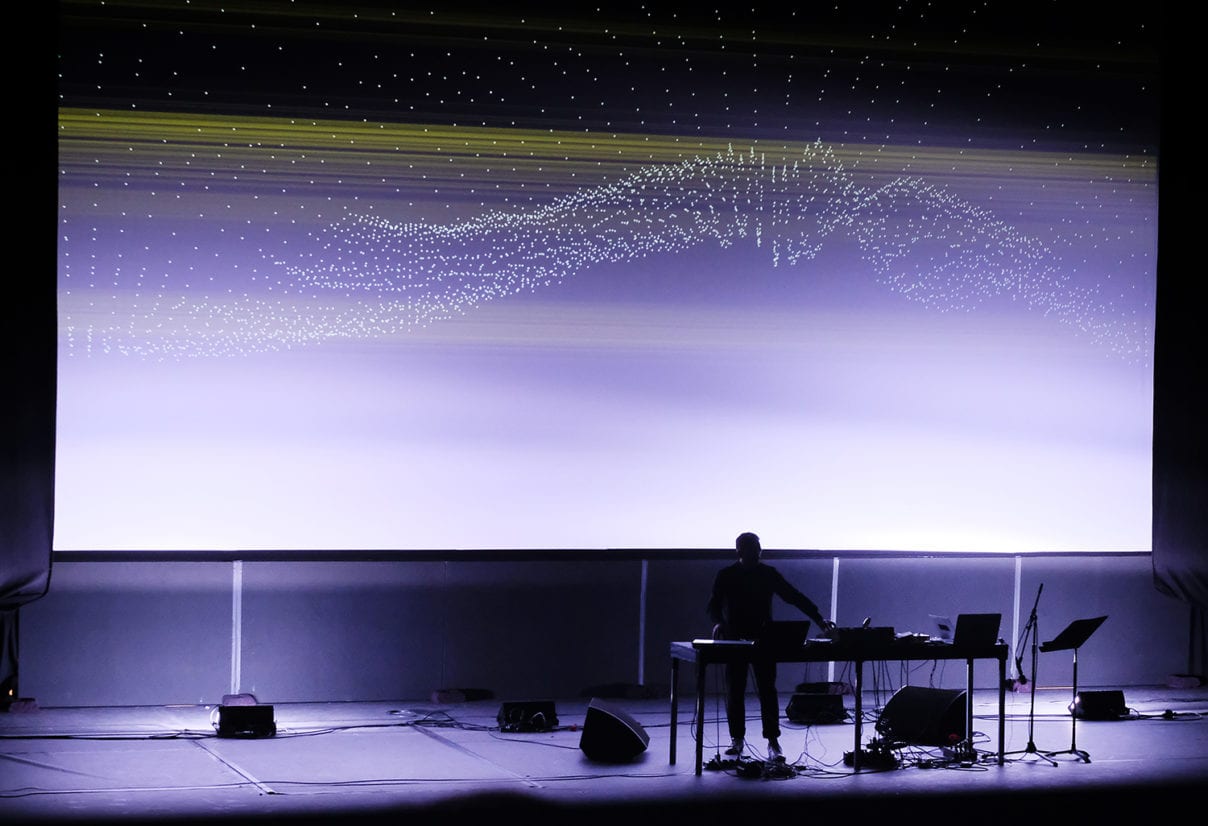
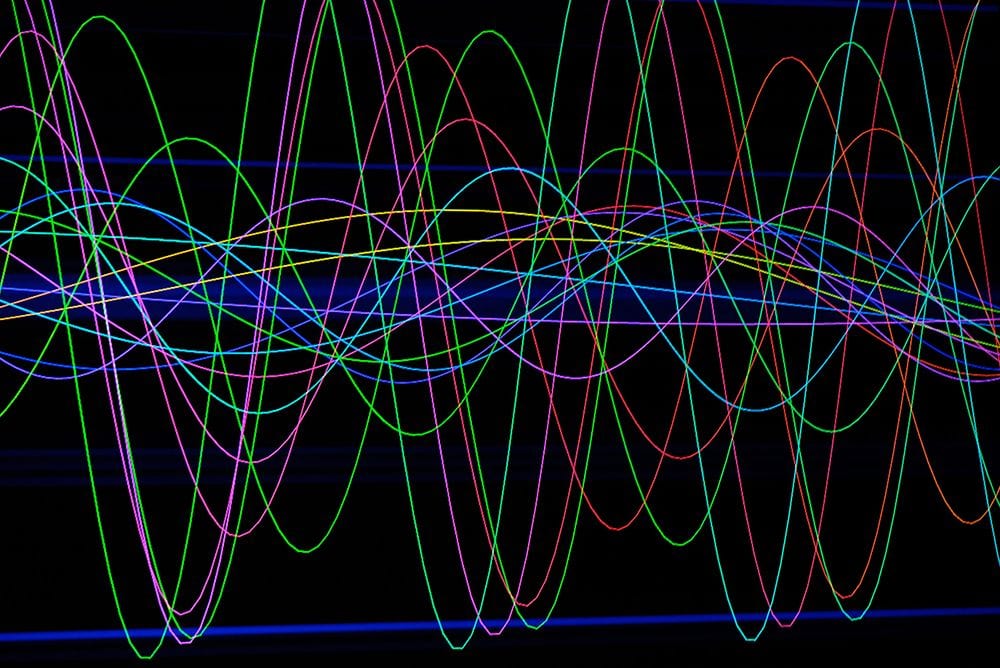
"The interplay between Chaton’s shifting metre and the static beat takes on a hypnotic effect – patterns forming and collapsing like radio waves looping in and out of each other’s bandwidth."
Sound poet Chaton unhinges language from meaning, deploying words purely as percussion. The opening piece plunges into an unrelenting wall of kick drum akin to a perennially locked groove while Chaton coldly recites in French. The patterns here are more mathematic than linguistic. What begins as a slew of unconnected monosyllables expands into lengthening clusters of words and phrases. The interplay between Chaton’s shifting metre and the static beat takes on a hypnotic effect – patterns forming and collapsing like radio waves looping in and out of each other’s bandwidth.
Later, this process is inverted. Chaton chants the same word without variation into the mic over beats slowly mutating with extra kick hits or stuttering hi-hats. Throughout, images focused on warped geometries twist and morph in sync with Chaton’s prose – visualising the link between performer, sound and machine. It’s a challenging, unrelenting performance. Analysing in microscopic detail the use of voice in dance music.
Alva Noto’s set opens with the low-end throb of Uni-Sub and the image of a wave form bending and flickering. It could depict sound or light, embodying the sense of interconnectivity that dominates Nicolai’s practice.
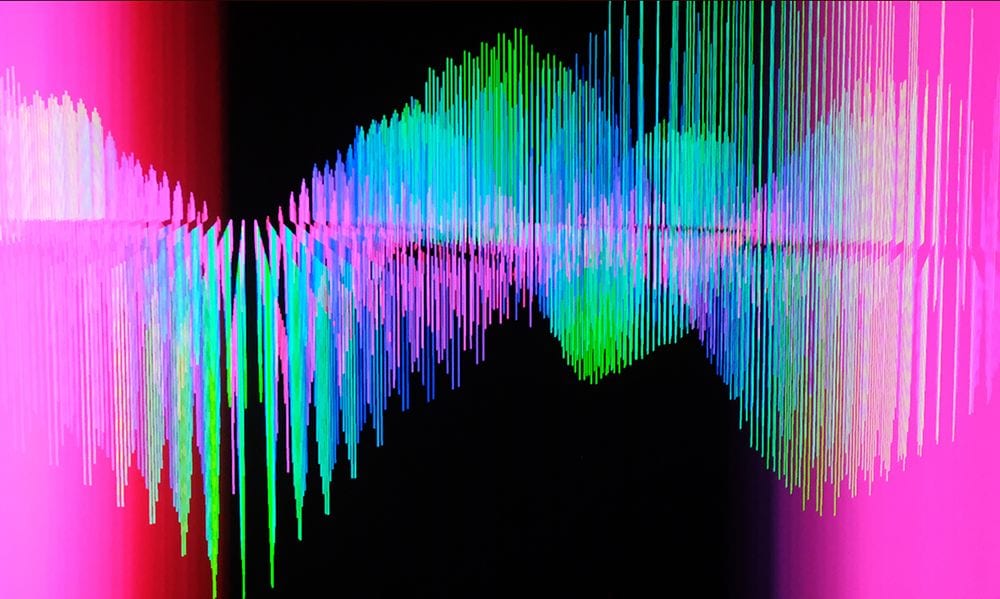
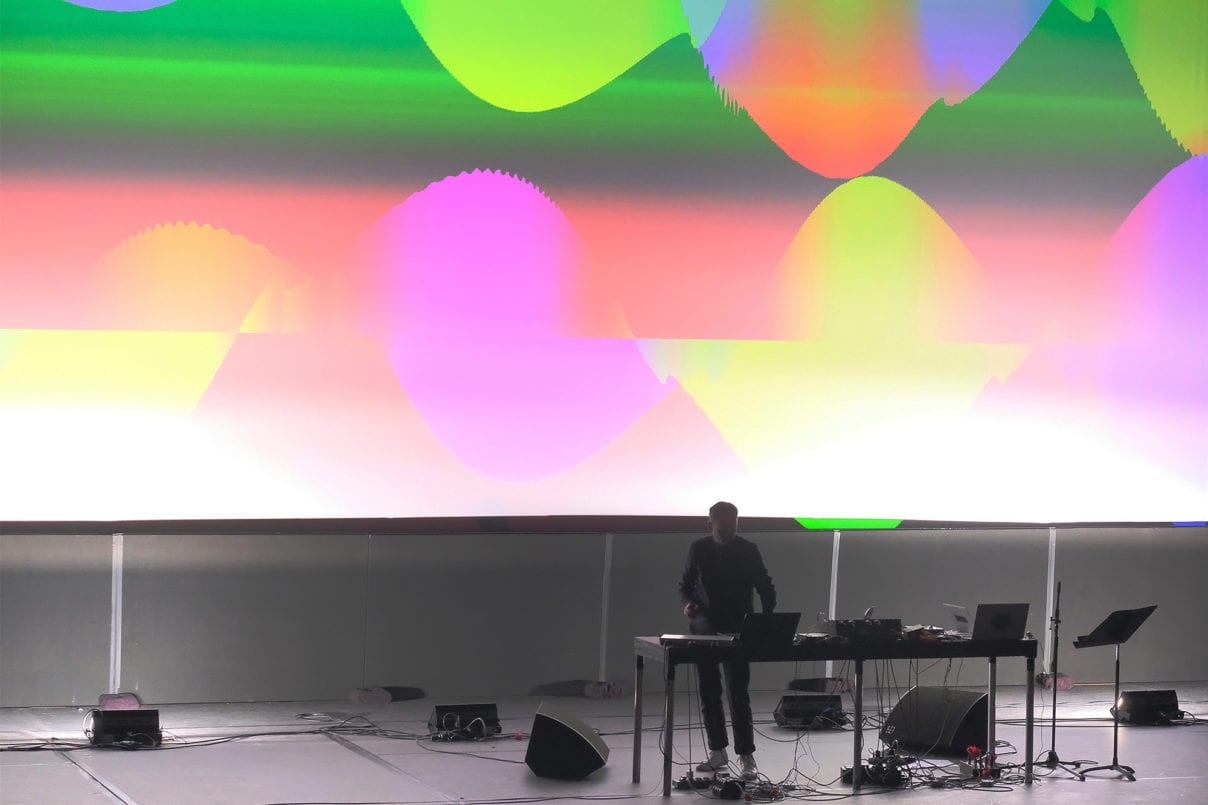
"The loops and samples of the album are manipulated in the moment, sections stretched out and explored in forensic detail, or the mix disrupted to give prominence to minutiae."
The textures used are elemental. Disembodied swarms of bass frequency, or percussive hits existing as pure attack. The set sticks to the material of UNIEQAV, Alva Noto’s new album and latest in his UNI series of club music explorations. This serves to stress how live the performance is. The loops and samples of the album are manipulated in the moment, sections stretched out and explored in forensic detail, or the mix disrupted to give prominence to minutiae. On record UNIEQAV is insular and brooding. Live, the pulses that oscillate throughout are given greater voice, realising the ecstatic momentum behind the microscopic beat science.
With the set reaching its climax, tense intricacies slowly peeling back to the cinematic synth of Uni Blue and the pure club stomp of Uni DNA (performed live with Chaton), the screen is drenched in a full colour spectrum. Alva Noto’s setup gives him control of both audio and images. Allowing sound and vision treated as a singular object.
Through Chaton’s exploration of the inherently rhythmic structure to language, and Alva Noto’s analysis of the nature of sound itself, club music’s role as a vehicle to unveil the patterns that surround us is brought to life. By laying bare the potential for sound and images to be linked, synced and twisted in the moment, they point to the massive expressive possibilities present in electronic music.
Photography by Mark Allan